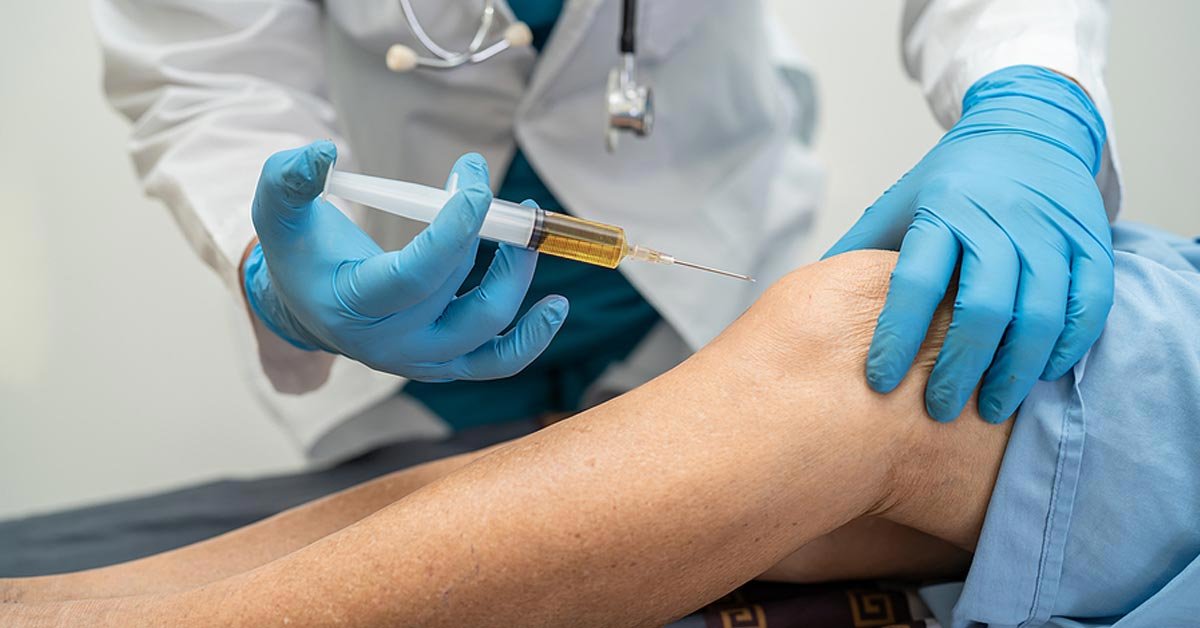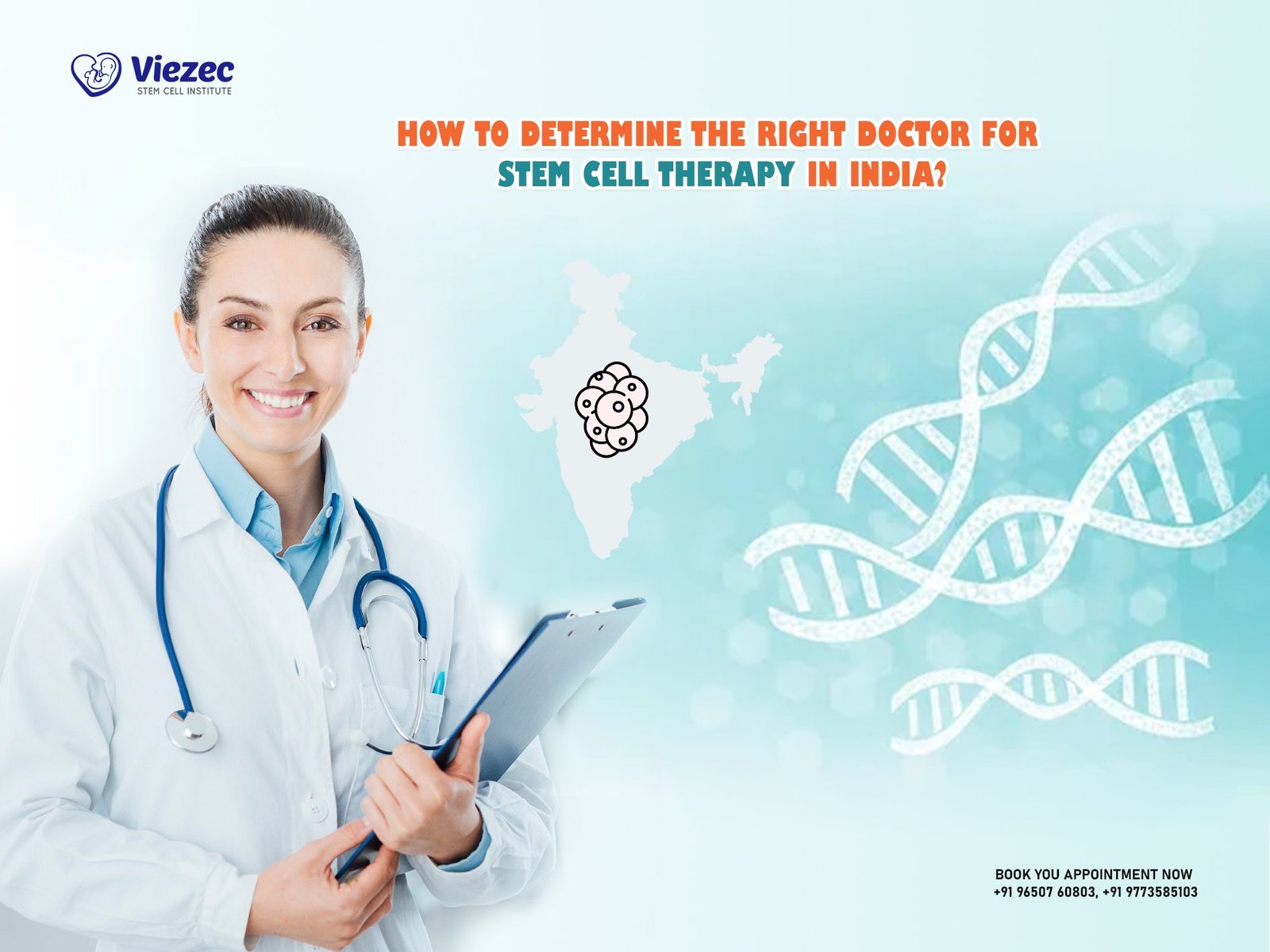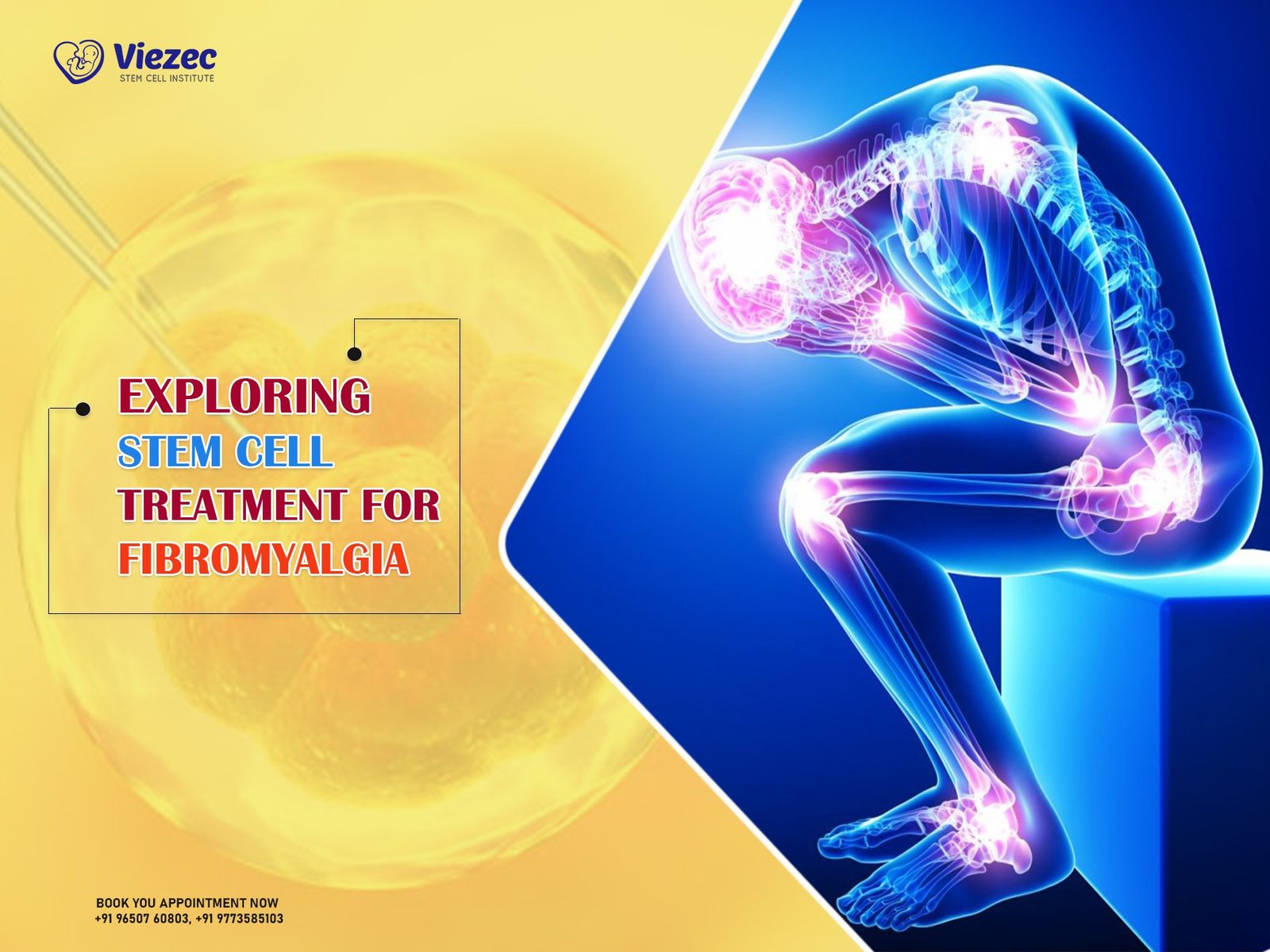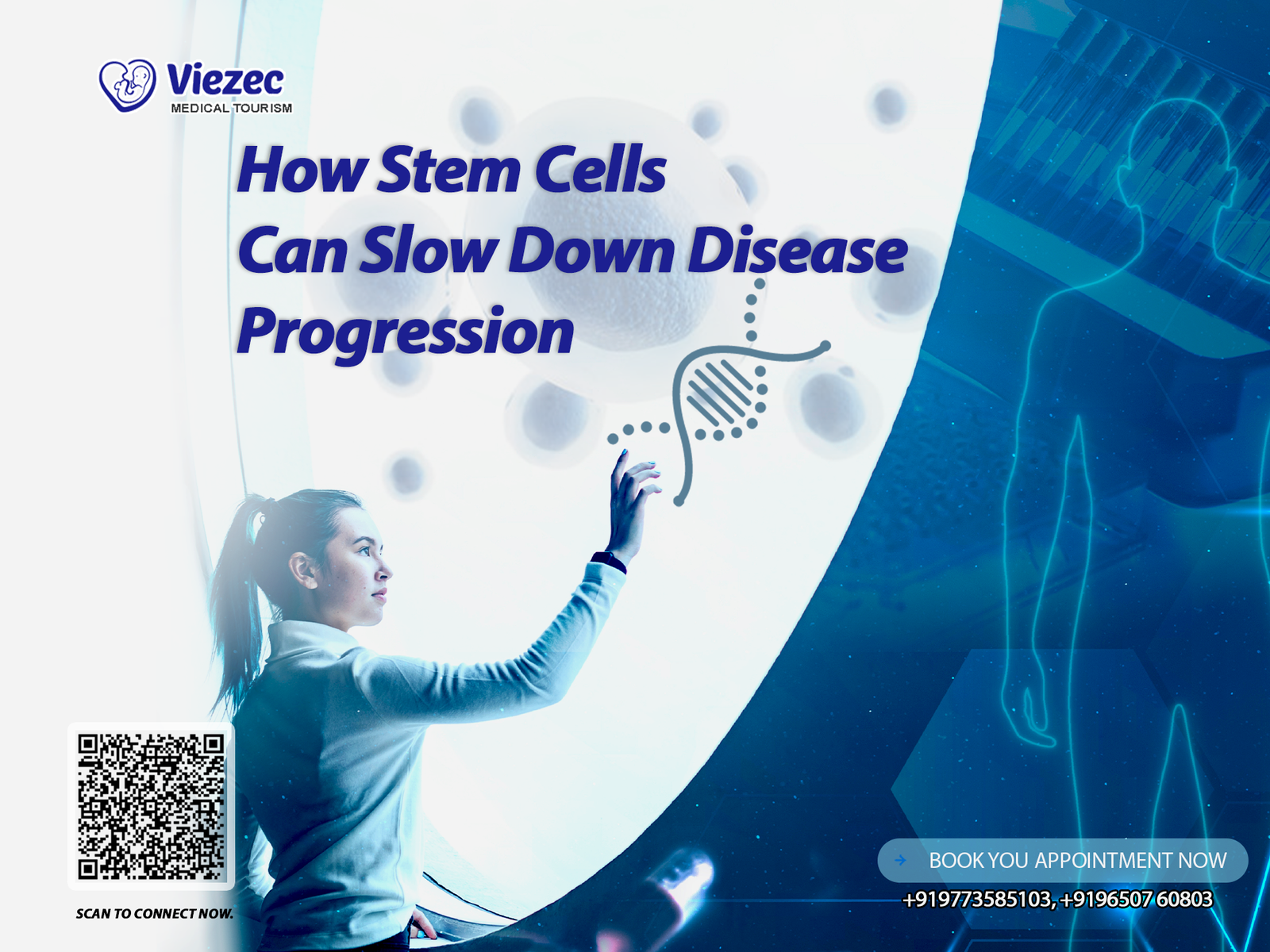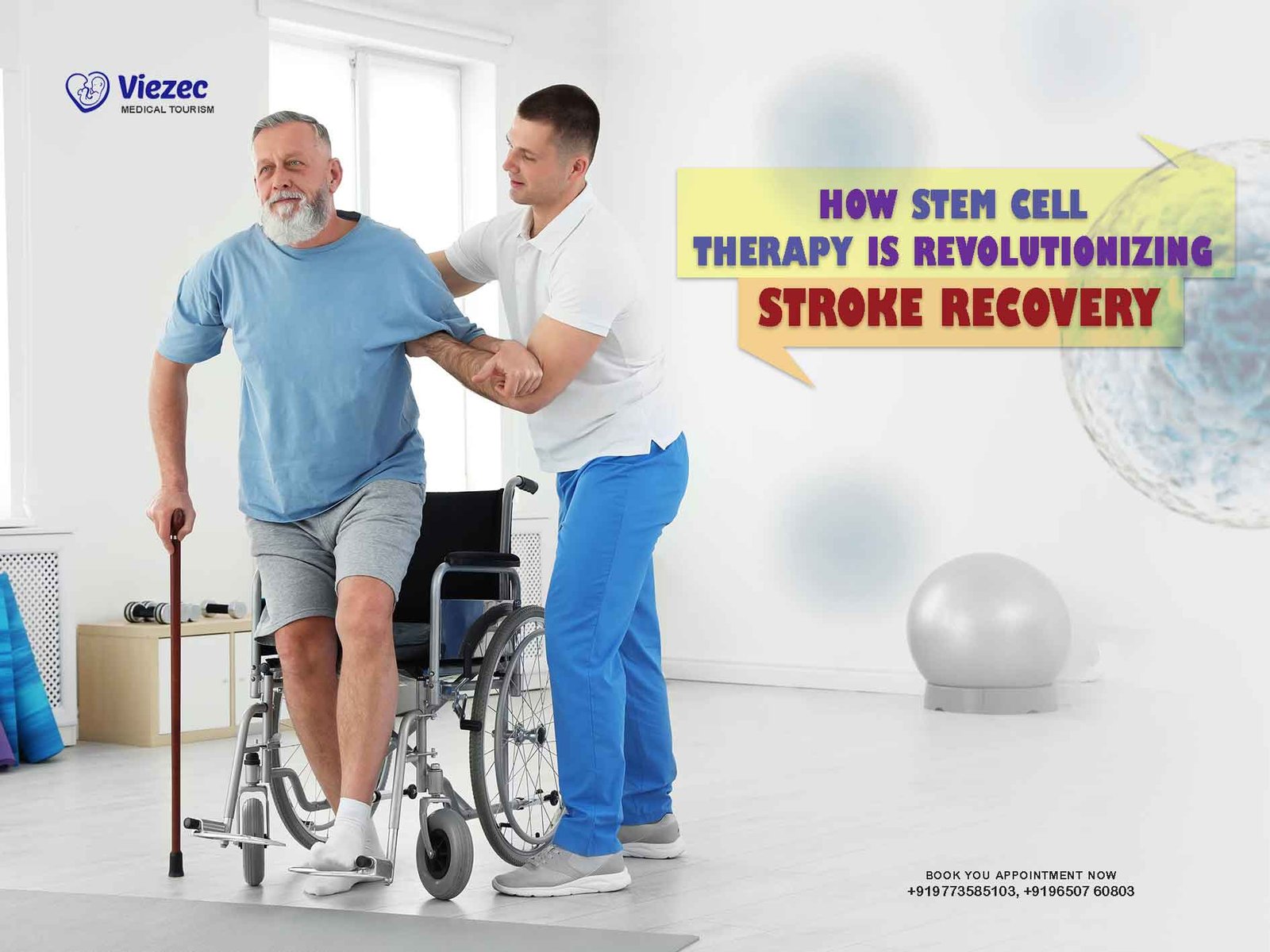Arthritis affects millions worldwide, often limiting mobility and diminishing quality of life. Traditional treatments may ease symptoms but rarely target the root cause—leading many to seek alternatives that heal rather than just manage pain. This article explores why regenerative therapies like Platelet-Rich Plasma (PRP) and stem cell therapy are emerging as powerful, science-backed options for arthritis treatment.
From understanding the mechanisms behind these cutting-edge treatments to weighing their benefits, costs, and safety, this guide helps patients navigate their options with confidence. Whether you’re in the early stages of joint discomfort or seeking to avoid surgery, PRP and stem cells offer a minimally invasive path to natural healing, reduced inflammation, and restored joint function.
With the right clinic and care plan, regenerative medicine can offer a new lease on mobility—and a future less burdened by chronic joint pain.
Understanding Arthritis and Its Challenges
What Is Arthritis and How Does It Affect the Joints?
Arthritis isn’t just a single condition—it’s an umbrella term for over 100 different joint-related disorders. At its core, arthritis causes inflammation in the joints, which can lead to pain, swelling, stiffness, and a gradual loss of mobility. The most common forms are:
-
Osteoarthritis (OA) – a degenerative disease that wears away the cartilage cushioning your bones, often due to aging, repetitive strain, or previous injury.
-
Rheumatoid Arthritis (RA) – an autoimmune condition in which the immune system mistakenly attacks the joint lining, leading to chronic inflammation and joint damage.
Over time, both forms can severely impair movement and quality of life, especially if left untreated.
Common Symptoms and Types of Arthritis
Arthritis can manifest differently depending on the type, but common signs include:
-
Persistent joint pain and tenderness
-
Stiffness, especially in the morning or after inactivity
-
Swelling, redness, or warmth around the joints
-
Limited range of motion
Some notable types of arthritis include:
-
Osteoarthritis – the most prevalent form, commonly affecting knees, hips, hands, and spine.
-
Rheumatoid Arthritis – often begins in smaller joints and may affect both sides of the body symmetrically.
-
Psoriatic Arthritis – linked with the skin condition psoriasis, causing joint inflammation and skin scaling.
-
Gout – triggered by uric acid crystal buildup, often starting with sudden pain in the big toe.
Why Conventional Treatments Often Fall Short
Traditional arthritis treatments like NSAIDs, corticosteroid injections, and physical therapy primarily focus on symptom control. While these methods can offer temporary relief, they rarely address the underlying cause—cartilage degeneration or immune dysfunction.
Joint replacement surgery is often recommended for severe cases, but it comes with significant risks: long recovery times, potential complications, and the possibility of needing future revision surgeries.
This is where regenerative medicine—offering solutions that actually support healing—presents an exciting alternative.
Introduction to Regenerative Medicine
What Is PRP Therapy?
Platelet-Rich Plasma (PRP) therapy is a breakthrough in regenerative medicine that taps into the body’s natural ability to heal itself. It begins with a simple blood draw—just like a routine lab test. The blood is then spun in a centrifuge to separate and concentrate the platelets, which are tiny cell fragments rich in growth factors.
These platelets are then injected directly into the arthritic joint, where they stimulate repair processes, reduce inflammation, and encourage tissue regeneration.
How Platelet-Rich Plasma Works
Once injected into the affected area, PRP acts like a repair signal to the body. The growth factors released from platelets:
-
Boost collagen production, improving joint structure.
-
Stimulate cartilage regeneration, potentially reversing early damage.
-
Enhance joint lubrication, easing friction between bones.
-
Suppress inflammatory responses, helping to relieve pain and swelling.
Unlike corticosteroids, which may weaken cartilage over time, PRP supports long-term joint health with minimal side effects.
What Is Stem Cell Therapy?
Stem cell therapy offers even greater regenerative potential. It uses the body’s master cells—known as stem cells—which can transform into a variety of specialized cell types, including cartilage and bone cells. These cells are typically harvested from your bone marrow or adipose (fat) tissue, processed in a sterile lab setting, and injected into the damaged joint.
Role of Mesenchymal Stem Cells in Joint Repair
Mesenchymal stem cells (MSCs) are especially promising for arthritis treatment. Once inside the joint, they get to work by:
-
Differentiating into cartilage cells to rebuild lost tissue
-
Releasing anti-inflammatory cytokines, calming the immune system
-
Inhibiting further cartilage degradation, slowing disease progression
-
Enhancing vascular supply, improving nutrient delivery to joints
Because MSCs not only repair damage but also regulate inflammation, stem cell therapy offers a comprehensive solution for both pain relief and tissue restoration.
Take the First Step Towards Pain-Free Living
Our expert stem cell therapies are designed to help you find relief from arthritis. Schedule your appointment now to start your healing journey!
Benefits of PRP and Stem Cell Therapies for Arthritis
Natural Healing Without Surgery
One of the biggest appeals of regenerative therapies like PRP and stem cells is their ability to stimulate natural healing. Instead of masking pain or resorting to surgical intervention, these treatments help the body restore its own joint health.
-
Minimally invasive procedures mean no hospital stays or extended downtime.
-
The treatments use your own biological material, reducing the risk of rejection or serious side effects.
-
This holistic approach enhances the body’s healing processes without disrupting the joint structure.
For many patients, that means staying active and avoiding—or at least delaying—joint replacement surgery.
Reduced Inflammation and Pain Relief
Both PRP and stem cells have strong anti-inflammatory effects, making them highly effective for relieving pain associated with arthritis.
-
PRP helps calm the inflammation by delivering concentrated growth factors to the site of damage.
-
Stem cells go a step further by modulating the immune response and regenerating healthy tissue, tackling both the symptoms and the source.
In clinical settings, patients frequently report less joint pain, greater range of motion, and a return to everyday activities—often within just a few weeks.
Slowing or Reversing Joint Degeneration
Perhaps the most exciting benefit? The potential to halt or reverse the progression of arthritis—something traditional treatments can’t do.
-
PRP promotes tissue repair and may slow cartilage loss.
-
Stem cells can regrow cartilage, especially in early to mid-stage osteoarthritis.
-
Both therapies support long-term joint preservation, extending the healthy lifespan of your joints.
This regenerative approach represents a paradigm shift in arthritis care—moving from symptom management to true tissue restoration.
Comparing PRP and Stem Cells
Key Differences in Mechanism and Results
While both PRP and stem cell therapies fall under the umbrella of regenerative medicine, they differ significantly in how they work—and in the kinds of results patients can expect.
-
PRP Therapy works primarily by stimulating your body’s healing response through concentrated platelets. It is most effective in early to moderate arthritis, where tissue damage is not yet severe.
-
Stem Cell Therapy, on the other hand, provides a more advanced form of healing. Stem cells not only release growth factors but also transform into new cartilage or bone cells, offering structural regeneration and longer-lasting benefits.
In short:
-
PRP is a biological boost to healing.
-
Stem cells are a biological building block for repair.
When to Choose PRP Over Stem Cells (and Vice Versa)
The decision between PRP and stem cells depends on several factors, including the severity of arthritis, your age, overall health, and treatment goals.
Choose PRP if:
-
You’re in the early stages of arthritis.
-
You’re looking for a cost-effective, non-invasive option.
-
You want to reduce inflammation and promote healing with minimal downtime.
Opt for stem cells if:
-
Your arthritis is more advanced or hasn’t responded well to conservative treatments.
-
You’re seeking a more aggressive regenerative approach.
-
You’re willing to invest more for potential long-term joint regeneration.
Many clinics even combine PRP and stem cells for a synergistic effect, using PRP to amplify the action of stem cells.
Ultimately, your provider will tailor the recommendation based on clinical findings and personal health history, ensuring you get the most benefit from the treatment.
Start Your Path to Relief Today
Wondering if stem cell therapy is right for you? Contact us for more information and get personalized advice from our experts.
Scientific and Clinical Backing
Recent Studies Supporting Regenerative Treatments
Scientific interest in PRP and stem cell therapies has surged in recent years, with a growing number of clinical studies affirming their value for arthritis patients.
-
A Study in Stem Cells found that mesenchymal stem cells significantly reduced pain and improved joint function in patients with knee osteoarthritis—with results lasting up to two years post-injection.
findings suggest that regenerative therapies don’t just relieve symptoms—they intervene in the degenerative process itself.
Global Trends in PRP and Stem Cell Use for Arthritis
Across the globe, regenerative medicine is reshaping how we treat arthritis:
-
In the United States, PRP and stem cell procedures are increasingly offered at orthopedic and sports medicine clinics, especially for knee, hip, and shoulder arthritis.
-
Countries like Germany and Japan are leading innovation in cell-based therapies with government-backed research.
-
India is emerging as a popular destination for affordable and advanced regenerative care, with providers like Viezec making stem cell treatment accessible to a wider patient population.
As the science evolves and accessibility improves, more patients are turning to PRP and stem cells as first-line treatments rather than last resorts.
Practical Considerations for Patients
Who Is an Ideal Candidate for These Treatments?
Not every arthritis patient is the same—and neither is the response to regenerative therapies. That said, ideal candidates for PRP or stem cell therapy generally include those who:
-
Have mild to moderate osteoarthritis or early-stage rheumatoid arthritis.
-
Experience localized joint pain that hasn’t improved with medications or physical therapy.
-
Wish to avoid or delay surgery like joint replacement.
-
Are in overall good health, as this improves the body’s healing response.
Even patients with more advanced joint damage may see improvements, but the extent of the benefit depends on individual health factors and the degree of joint degeneration.
What to Expect During and After Treatment
PRP Therapy:
-
The entire procedure usually takes less than an hour.
-
Blood is drawn, processed, and injected into the affected joint in a single session.
-
Most patients return to normal activities within 24–48 hours.
-
Some may feel mild soreness, which typically resolves quickly.
Stem Cell Therapy:
-
Slightly more involved, this may include harvesting stem cells from bone marrow or fat tissue.
-
The procedure may require mild sedation or local anesthesia.
-
Recovery is fast, but improvements are often gradual, unfolding over several weeks to months.
In both cases, patients are typically advised to avoid strenuous activities for a short period and may be prescribed physical therapy for optimal recovery.
How Long Do Results Typically Last?
-
PRP: Results often last between 6 months to 1 year. Booster injections may be recommended depending on your activity level and joint condition.
-
Stem Cells: Effects can last for several years—especially when combined with a healthy lifestyle and supportive therapies.
While not a permanent cure, both treatments can dramatically extend the life and function of your joints, delaying or preventing the need for surgery.
Ready to Transform Your Health?
Stem cell therapy can help you manage arthritis effectively. Schedule your consultation today to learn more about the benefits.
Cost, Safety, and Clinic Selection
Comparing Costs: PRP, Stem Cells, and Surgery
When weighing your treatment options, cost is often a key consideration. Here’s a general comparison:
-
PRP Therapy: Ranges from $500 to $2,000 per session, depending on the clinic, equipment, and geographic location. Often, 1–3 sessions are sufficient.
-
Stem Cell Therapy: Typically ranges from $3,000 to $10,000+, especially if it involves harvesting cells from bone marrow or adipose tissue.
-
Joint Replacement Surgery: Can cost $30,000 to $50,000 or more, not including post-surgery rehabilitation and time off work.
Although regenerative treatments may not always be covered by insurance, they offer long-term value by potentially avoiding surgery and its associated downtime and risks.
Understanding the Risks and Side Effects
Both PRP and stem cell therapies are considered safe, particularly because they use the patient’s own cells, minimizing the risk of rejection or adverse reaction.
Possible side effects include:
-
Mild swelling or soreness at the injection site
-
Temporary inflammation as the body begins its repair process
-
Rare cases of infection, which are preventable with sterile technique
Compared to surgical options, the complication rate for regenerative treatments is remarkably low.
Choosing the Right Clinic for Treatment Success
The success of PRP or stem cell therapy often depends on where and how it’s done. To ensure the best possible outcome:
-
Look for board-certified specialists in regenerative or orthopedic medicine.
-
Ensure the clinic uses FDA-compliant protocols and high-quality lab processing.
-
Ask about patient testimonials, before-and-after imaging, and outcome tracking.
-
Confirm they offer a personalized treatment plan—not just a one-size-fits-all solution.
Clinic like Viezec have gained recognition in Indiafor delivering high-quality, affordable regenerative treatments to international patients.
With the right provider, regenerative medicine can be a life-changing experience, restoring not just your joints—but your quality of life.
Related Articles
- Stem Cell Treatment for Rheumatoid Arthritis in Delhi, India
- Exosome Treatment for Rheumatoid Arthritis
- Rheumatoid Arthritis Treatment: Stem Cell Technology Saves Lives in India
- Osteoarthritis or Rheumatoid Arthritis: Can Stem Cell Therapies Bridge the Gap?
- Stem Cell Therapy for Osteoarthritis in India

